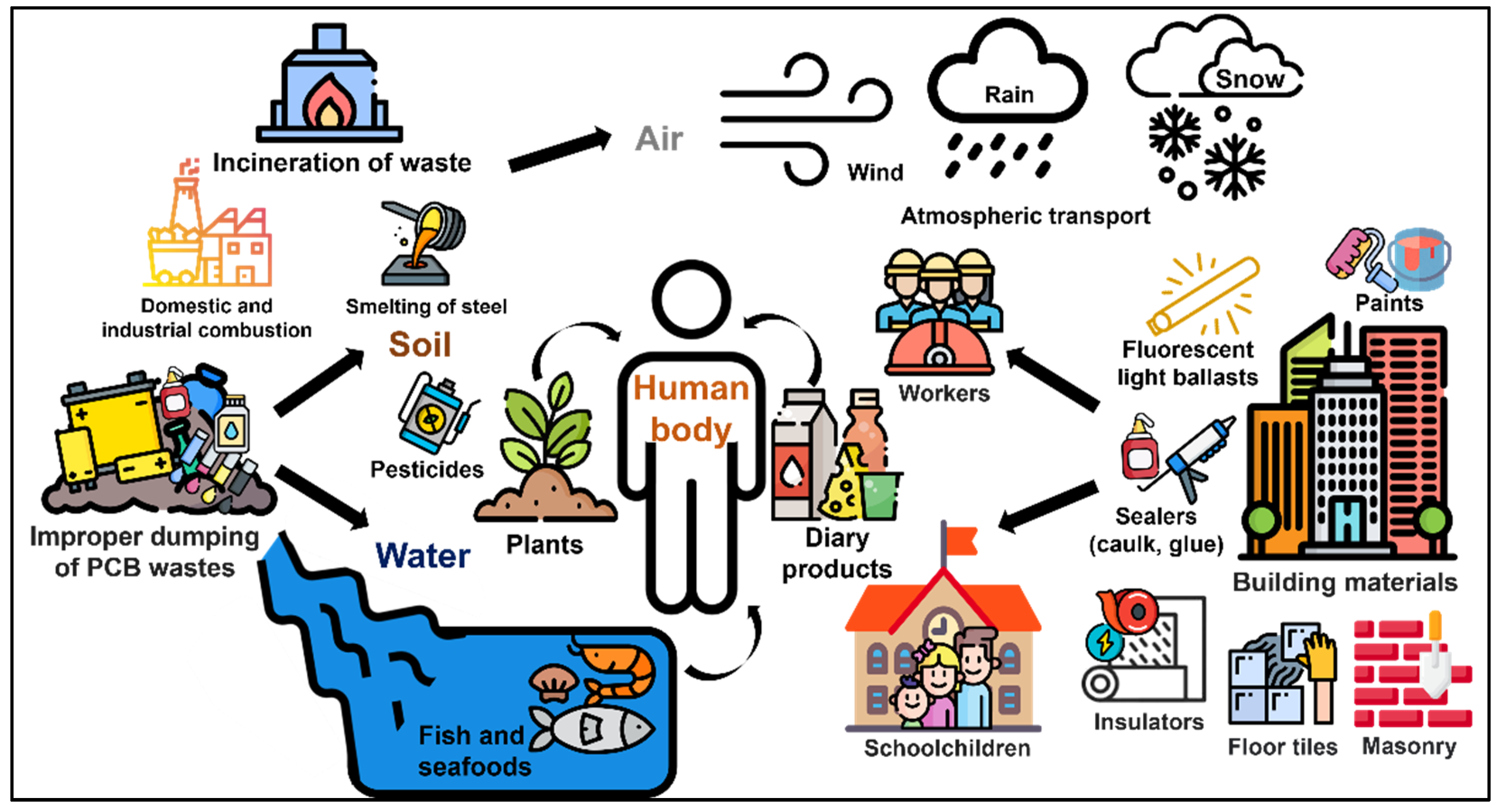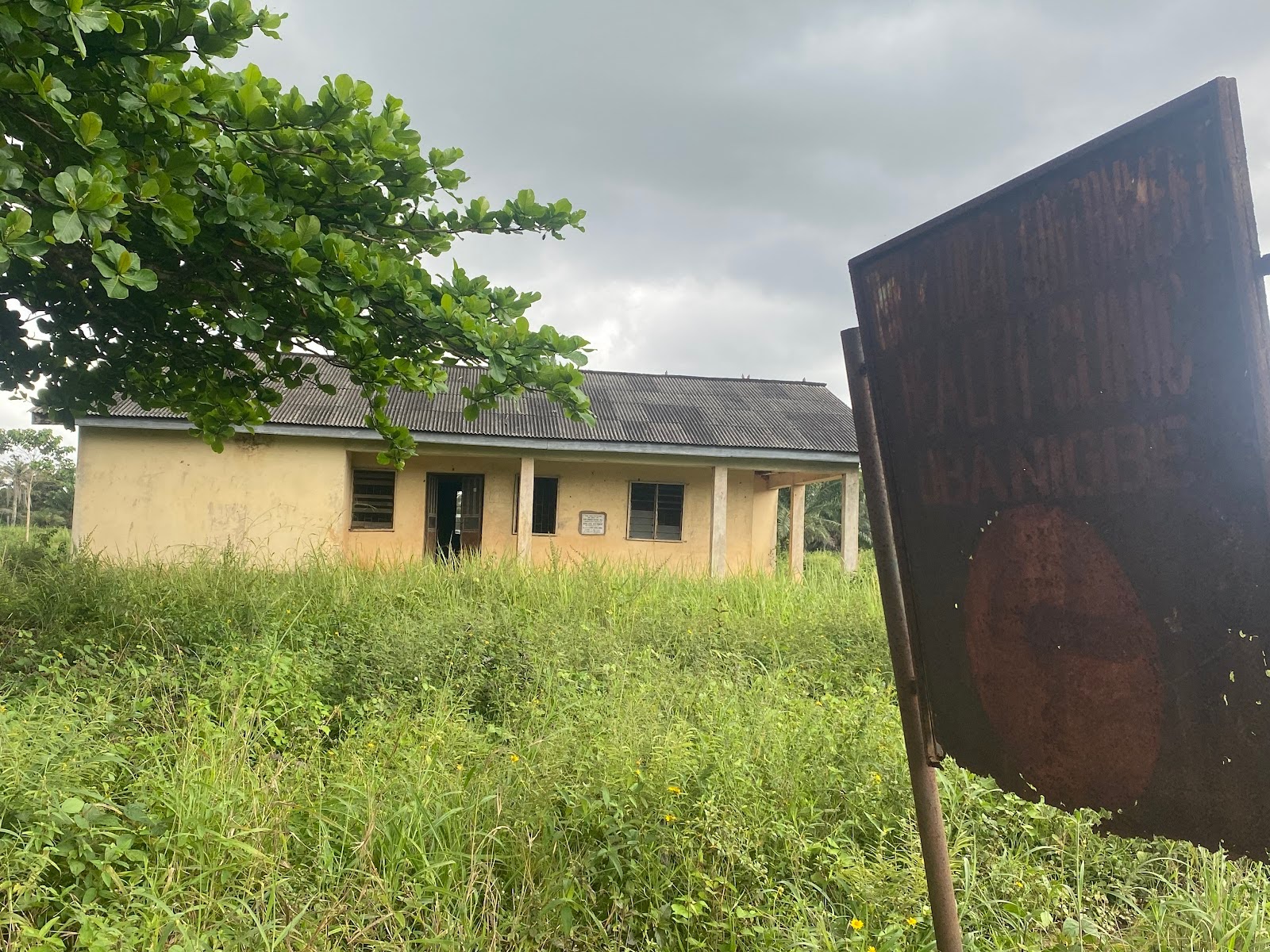
Sky-watchers in Nigeria have quite a lot to look forward to, this year. Although our prospects could be better, eclipse-wise, nature is nonetheless magnanimous, with its compensating cosmic attractions.
Among them, are a beguiling display of periodic meteors, alluring planetary configurations, colorful stellar constellations and possibly even a naked eye comet.
Pending, as well as, are four periodic non-visual occurrences—the solstices and the equinoxes—which, as seasonal markers, have enormous cultural and educational importance.
Since the Space Age began, with Russia’s orbiting of Sputnik-1 in 1957, artificial satellites have been become an enticing vista of naked eye viewing—one that is always open to exploration.
The purpose of this preview is to enable instructors, lecturers, clergy, astronomy/space clubs and concerned community groups to planned their agendas in advance.
Most of the topics I touch upon, deal either with periodic or predictable astronomical events. It is, therefore, possible—and advisable—to peg social and educational outings to the pertinent dates.
The times and dates of celestial apparitions, and the areas from which they can be viewed, are always announced in the media and are also easily accessible via Internet.
NASA has numerous websites, devoted to every conceivable astronomy or space science theme. Although “Mr. Eclipse” (Fred Espenak) has retired, the agency is still a cornucopia of useful information.
Worth visiting as well, are the International Astronomical Union (IAU), International Meteor Organization (IMO), Time and Date.Com and Society for Popular Astronomy (SPA) websites.
With regards to eclipse visibility in Nigeria, the website of the Centre for Basic Space Science (CBSS)—an arm National Space Research and Development Agency (NASRDA)—is an excellent place to start.
On February 26th, for instance, nature will regale Africa with a spectacular annular eclipse; and CBSS is very much on its game. Only individuals situated along the tract of totality, which runs through central Africa, can expect to experience total darkness. But a partial obscuration will be visible, from all points within Nigeria.
According to NASRDA, the eclipse will flourish for nearly two hours. In a downloadable PDF, the agency provides a table of specific viewing times—and other detail— for every Nigerian city.
This, it declares, “makes each city an excellent location for viewing the eclipse at varying degrees of obscuration provided there is a clear sky without rain or cloud cover”.
Six months later, nature will tease Nigerians once more, with another partial obscuration: This time, a lunar eclipse, at moonrise, on August 7th. Nevertheless, a half loaf is better than none. Watching Earth’s shadow cover part (not quite half) of the moon, is certainly better than not seeing anything.
Actually, there will be four obscurations this year. But from our vantage point, the remaining two warrant only parenthetic attention.
The penumbral eclipse of February 10th is not even a decent teaser. It is, as Time and Date.Com notes, “hard to see with the naked eye and is often mistaken for an ordinary Full Moon”.
Yet those with patience, a pair of binoculars or a sharp eye might still find it rewarding to watch the dusky penumbra of Earth’s shadow pass over part the lunar disk.
Meanwhile, the eclipse of August 21st is an “august occasion” for Americans—a dramatic counterpoint to the penumbral dud of the 10th. It’s being heralded as “the Great American Eclipse”: Because the tract of totality will sweep right across the U.S. mainland.
We won’t see anything here. Yet the magic of the Internet makes celestial phenomena accessible, to those whom nature has excluded.
To be continued.






